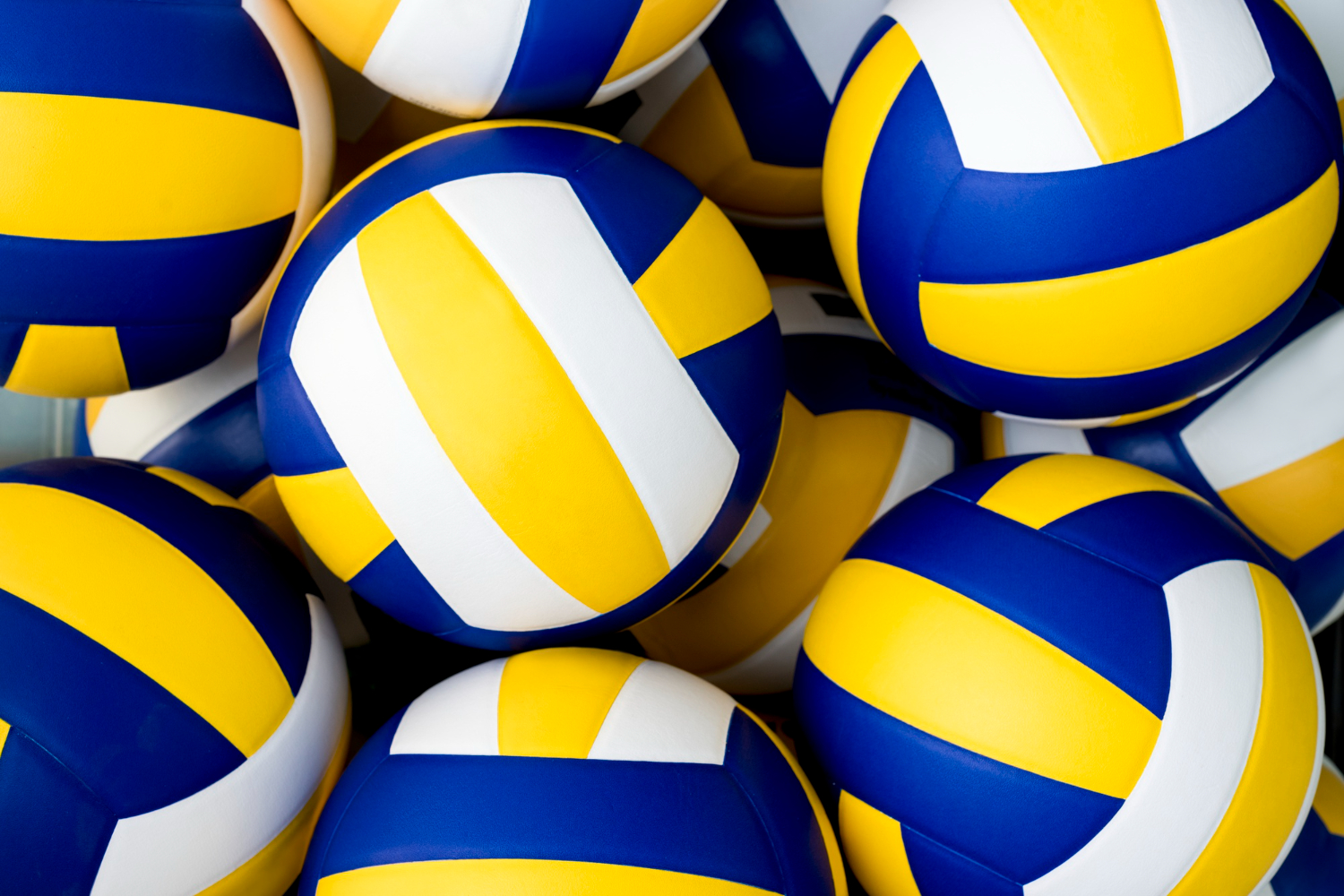
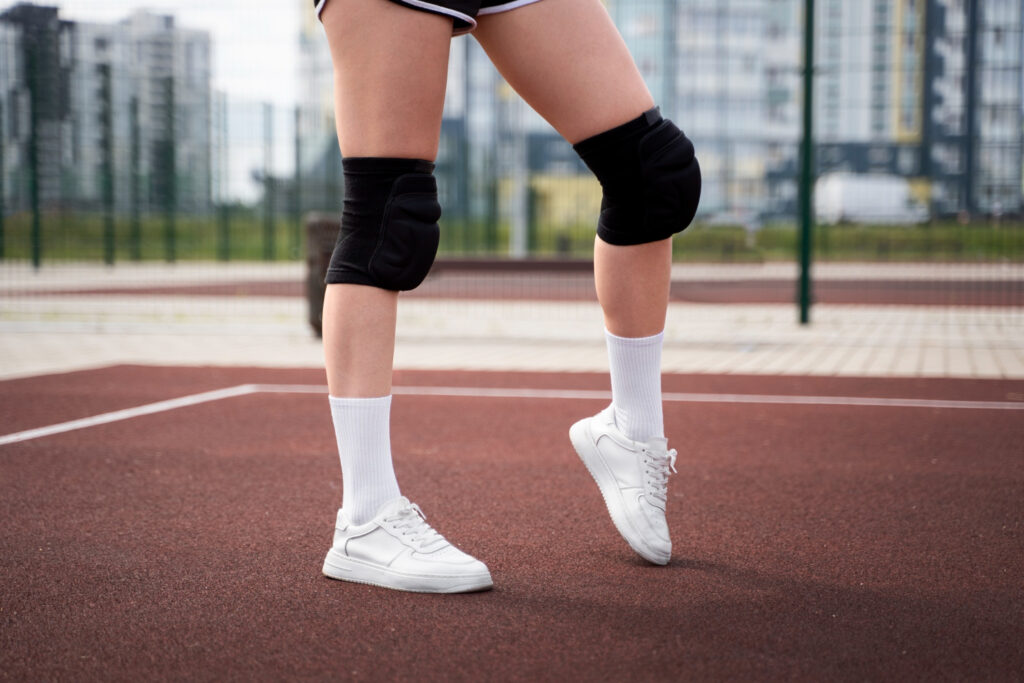
Volleyball is an incredibly physical and challenging sport, with players needing to hop, rotate, spin, and smash during their match. Volleyball knee protectors are a need for any active player. As a consequence, the knee may come into repeated contact with the ground, increasing the chance of injury. Well! Most of the time, volleyball often takes place on a hard or indoor floor.
Knee protectors are a need for each volleyball professional. You can’t afford to play volleyball without these little yet powerful knee pads. However, it is not enough to only own the knee protectors. It’s important to wear them effectively, which includes making sure they’re the right size and a good fit. Learn about how to wear volleyball knee pads.
When picking knee pads, volleyball players should take into account their unique requirements. Choosing the correct pair of volleyball knee pads may improve performance and lessen the chance of injury.
Knee pads are a must for every volleyball player who wants to keep their knees safe from harm. However, to maximize their effectiveness, you must wear them as designed.
Knee pads should not extend to the leg but rest below the knee. To maintain outstanding performance and avoid injury, the right placement of knee protection is crucial. Well, there is a proper way to put on volleyball knee pads to achieve an accurate fit and optimum safety.
To begin, choose a pair of knee pads in the size that works best for you. Then, lift the pad to rest over your kneecap and float it up your leg. Center the pad and make sure it completely covers your knee. Wrap the straps over your legs tightly yet gently to prevent them from sliding off during intense activity.
Maintaining the performance of your knee pads requires that you check them often and make any necessary adjustments during play. Volleyball players may lessen the likelihood of injuries like scrapes and bruises from contact with hard surfaces and player interactions by wearing knee protectors.
There are many advantages to positioning your knee pads just below the knee joint.
You should know where your knee pads come from before you use them for a game of volleyball. So, its primary benefit is that it frees up the bend of the knee, making it easier to move and walk about. If your knee pads are too high on your thigh, they may create pain and restrict your movement because they rub on the thigh bone.
In addition, having knee pads too high could cause them to move around during activity, particularly during rough motions like jumping or falling.
Diverting and unpleasant, this may also cause the knee pads to rise higher than planned, exposing the knee to harm.
Knee pads will remain in place and provide constant protection against impacts and scrapes if you set them just below the knee joint before engaging in physical exercise. A player’s comfort, flexibility, and effectiveness on the court may all benefit from having the time to place and adjust their knee pads correctly.
You should recheck the fitting chart and measure again if your knee pads keep falling. Another model or a smaller size might work better for you.
Even with knee pad covers or tape, your knee protectors may slip down. Sleeves for your knee pads, often made of nylon or spandex, keep your pads in place during play. You may also use sports tape to secure the knee pads by wrapping it around the top of the pad.
Volleyball players may improve their skills and reduce their chance of injury by minimizing the most frequent errors made while putting on knee pads. Here are three frequent errors players make while putting on knee protectors during a game of volleyball:
Knee pads that are too low or overly high on the knees might limit flexibility and efficiency. It’s crucial to put them on properly so they protect the kneecap and the region around it.
Ineffective knee protection might result from knee pads that don’t fit properly. Knee pads should fit securely yet not restrict mobility. Finding the right fit may require testing with several brands and sizes.
Over time, knee pads may get worn out or lose their cushioning, reducing their safety features. Maintaining peak performance and avoiding injuries calls for regular examination and maintenance of worn knee pads.
When playing volleyball, it is vital to take care of your knees from the impact of wear and strain. Take your knees’ size to determine the right fit for the pads, then wear them tightly beneath your knees.
Avoid the frequent dangers of ill-fitting or incorrectly positioned knee pads by sticking to sizes and fit advice. With well-fitting knee safety, you can forget the discomfort of playing and focus on having fun. Knee pads that fit properly will keep you safe, let you move freely, and help you perform at your best.
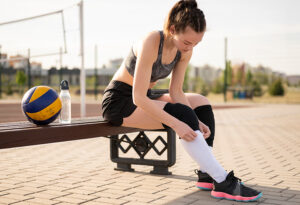
Hi, I'm David Muse, the founder of Volleyball Spikes. My days are spent with workouts and article writing, mostly for Volleyball Spikes. With 15 years of expertise and a history of competing on an international scale... It's fair to say that my knowledge of volleyball is pretty good.
MEGA4D is your go-to destination for comprehensive knowledge about volleyball game-play. Get a complete buying guide to the best and latest volleyball equipment, learn about volleyball positions, rules and training to train yourself with expert experience!

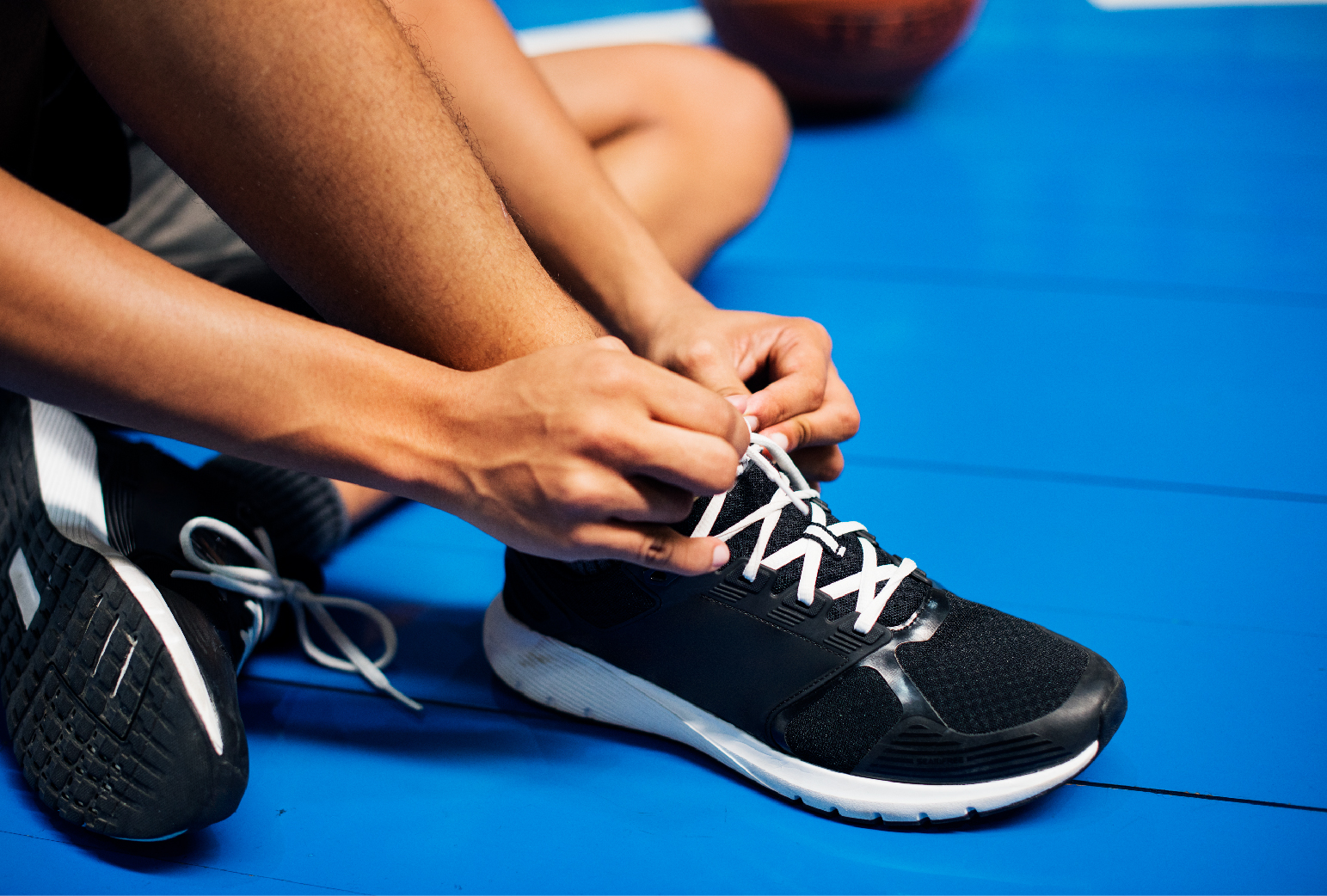
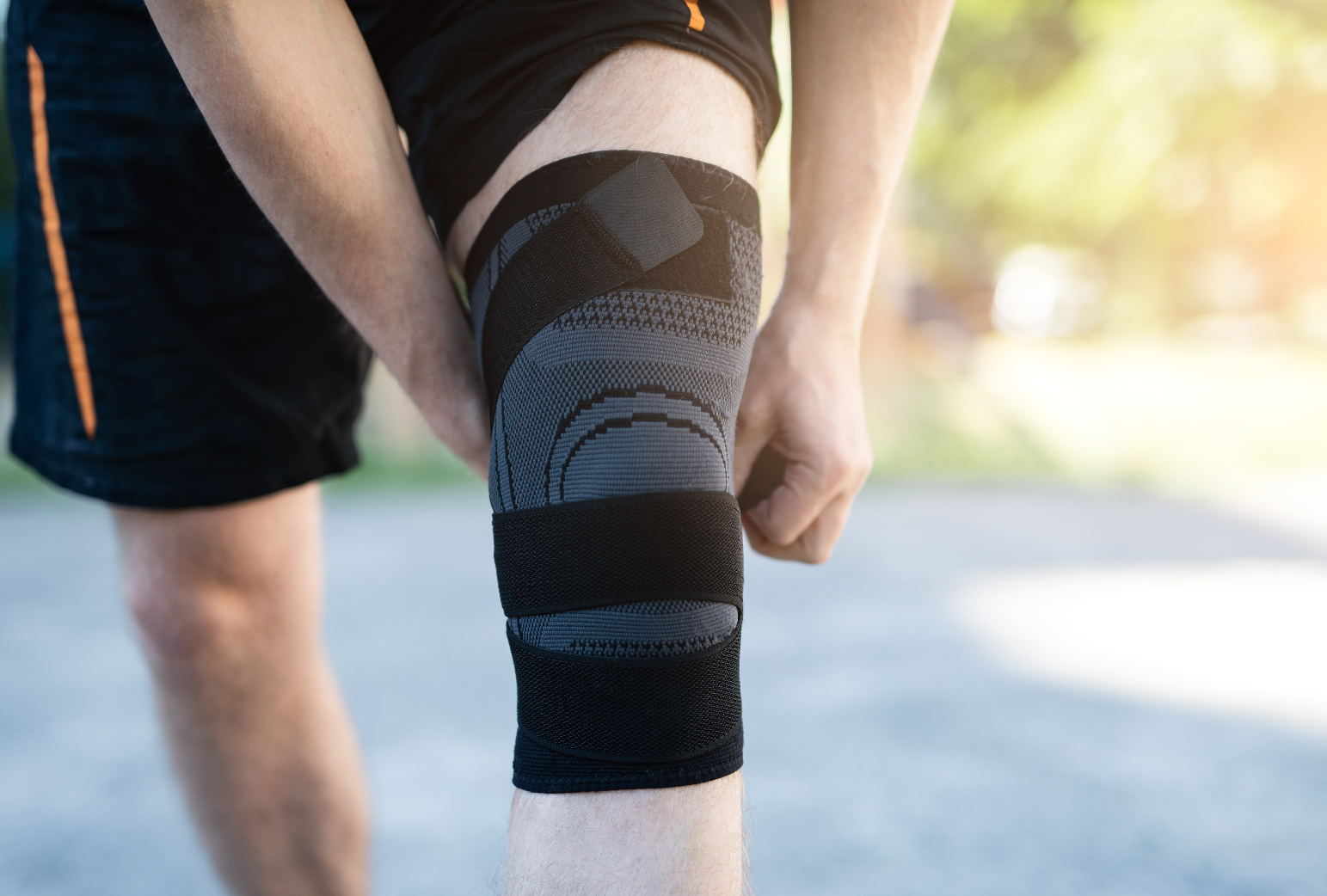
Subscribe to our newsletter and we’ll send you the emails of latest posts.
Copyright © Volley Ball Spikes 2023. All Rights Reserved Design By Digital Korbax LLC